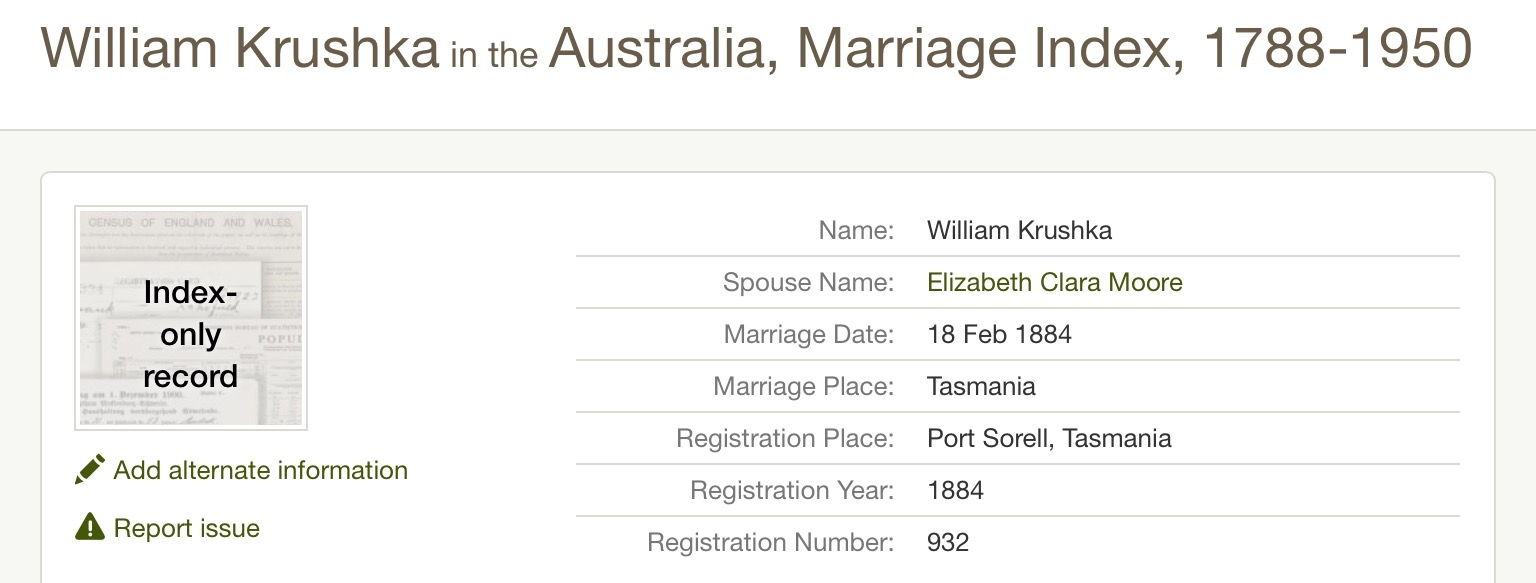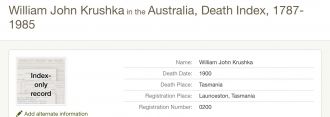Wilhelm "William" Kruschke
Date & Place:
Not specified or unknown.


 Alan Curtis
Alan Curtis 
